Sodium Batteries From Michigan to Challenge Lithium’s Grip
(Bloomberg) -- Modern life runs on lithium-ion batteries, powering smartphones, laptops and electric cars alike. But as dominant as they’ve become, there are other ways to build a battery.
Natron Energy Inc. will unveil what it bills as the first full-scale plant in the US for making sodium-ion batteries on Monday. The plant situated near Michigan’s western shore has already started making cells and plans its first shipments in June.
Other companies — including HiNa Battery Technology Co. in China and Northvolt AB in Sweden — are pursuing sodium-ion technology, betting it has advantages over lithium that will give it a place in the fast-growing battery market. Natron’s facility in Holland, Michigan, is funded in part by a nearly $20 million federal grant. That makes it one of a wave of new US battery plants to receive backing from the Biden administration as it tries to create a domestic supply chain for key clean energy technologies.
Sodium-ion batteries offer benefits over their lithium-ion counterparts. They can discharge faster, providing short, intense bouts of power. Their main raw input — sodium — is abundant and cheap. Sodium-ion batteries also don’t need cobalt, much of which comes from mines accused of using child labor. And there’s no fire risk, according to the company.
“If you can get a burst of power and it’s safe, customers will pay a premium for that,” said Colin Wessells, Natron founder and co-chief executive officer.
The downside: Sodium-ion batteries can’t match lithium-ion’s energy density — the ability to pack a lot of energy into a small space. That property has made lithium-ion versatile, though it’s not a storage panacea. For some uses, such as the high-capacity batteries that back up solar power plants or support the electric grid, physical size doesn’t matter much. As a result, BloombergNEF predicts that sodium-ion batteries will make up 12% of the market for stationary energy storage by 2030.
Natron, based in the San Francisco Bay Area, will target data centers, which use copious amounts of energy and frequently switch servers on and off. Artificial intelligence will only add to their energy needs. Many companies that manage data centers, such as Microsoft Corp. and Amazon.com Inc., have committed to lowering their emissions, and batteries connected to renewable grids could provide one avenue to do it. That makes them a good fit for sodium-ion technology, Wessells said.
The technology has other potential applications. Nabors Industries Ltd., the largest oil and gas drilling company in the US, sees Natron batteries as a way to cut emissions by making their rigs more efficient. Guillermo Sierra, Nabors’s vice president of strategic initiatives for the energy transition, said drilling rigs could run on a hybrid of engines and batteries, rather than the three or four diesel engines each uses now. Sodium-ion’s quick, high-power discharge would work well, and its lack of fire risk appeals to Nabors since lithium-ion fires can be difficult to control.
“It’s really hard to put that out — it’s the last thing we want around an oil field,” Sierra said. Nabors invested $7 million in Natron in 2022 and has already placed an order for the company’s batteries. Other investors include Chevron Corp. and Khosla Ventures.
©2024 Bloomberg L.P.
KEEPING THE ENERGY INDUSTRY CONNECTED
Subscribe to our newsletter and get the best of Energy Connects directly to your inbox each week.
By subscribing, you agree to the processing of your personal data by dmg events as described in the Privacy Policy.
More renewables news
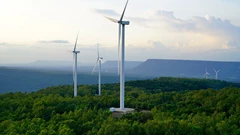
WEC Energy Offered $2.5 Billion US Loan for Renewable Projects

With Trump Looming, Biden’s Green Bank Moves to Close Billions in Deals
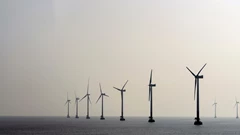
GE Vernova Expects More Trouble for Struggling Offshore Wind Industry

Climate Tech Funds See Cash Pile Rise to $86 Billion as Investing Slows
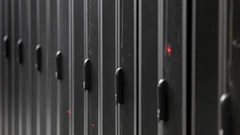
GE Vernova to Power City-Sized Data Centers With Gas as AI Demand Soars

Longi Delays Solar Module Plant in China as Sector Struggles
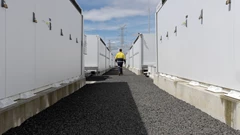
Australia Picks BP, Neoen Projects in Biggest Renewables Tender
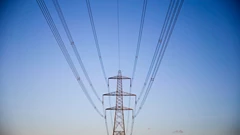
SSE Plans £22 Billion Investment to Bolster Scotland’s Grid

A Booming and Coal-Heavy Steel Sector Risks India’s Green Goals
















